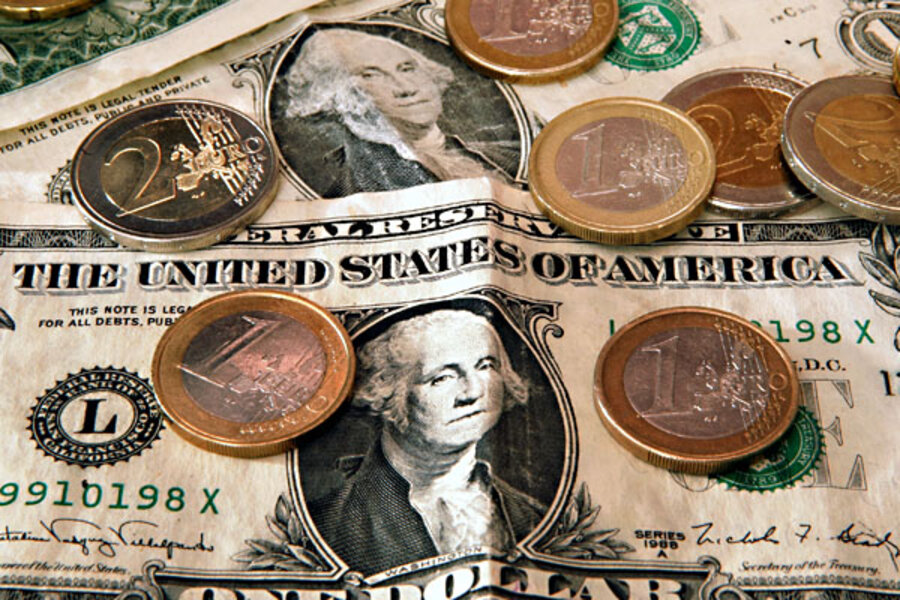Student loans overwhelming? Make a chart to track your payment progress.
Loading...
In order to encourage everyone in our family to get outside and exercise as much as reasonably possible this summer, Sarah and I instituted a family program called “Mileage Club.” Here’s how it works.
At the start of the summer, Sarah and I made a giant pile of punch cards, each numbered one through twenty. Each person got a punch card of their own.
Near our house, there’s a park with a loop that measures almost exactly a quarter of a mile. Whenever anyone completes a lap in that park, they get a punch on their mileage club card. Twenty punches and you have a completed card.
Whenever members of the family reach certain milestones, they get particular rewards. For example, two completed cards means a special dessert treat, and four completed cards means a small (under $10) item from the store of the winner’s choice. There are a few family-oriented rewards and a few really big rewards, too.
The entire purpose of the system is to reinforce good behavior through microrewards. The rewards don’t matter too much in the big scheme of things. What matters is that everyone begins to develop a sense that the normal routine of a day involves getting some outdoor exercise.
Is it successful? Everyone in our family has completed quite a few cards. The family champion for the moment is our six year old son, who will happily spend hours over there walking in circles if we let him. The recent heat wave has slowed down the accumulation of completed cards a bit, but we’ve all hit at least a reward or two.
Why has it worked so well? How can it be used in other situations? Here are a few thoughts I’ve had on that subject.
First, a big part of the success here is the visual nature of the progress. A punch on a card is very clear, as is a completed card. There’s no ambiguity at all when it comes to the progress made. It’s extremely visual and clear.
How can you make it clear for other goals? A calendar page will do the trick, for one. A big “X” on each successful day on a calendar page is a pretty clear indication of success or failure. Another idea is a simple collection of items; for example, if you pick up a small rock on each long walk you do, then the collection of rocks represents your progress with walking.
The microrewards are relatively unimportant. All you need to ensure is that they’re relatively small and that they don’t undo a significant amount of the positive progress you’ve made.
In this case, most of the goals are unrelated to health or exercise. One of the rewards is a nice dessert, yes, but none of the rewards involve days off from exercise or anything like that. A long run of success isn’t an excuse to stop succeeding.
The social aspect of this is a strong one. Quite a lot of the fun is showing our progress to others within the family (and, to a small extent, outside the family).
There are a few ways to resolve this. One is to simply display a visual indication of the progress you’re making in your home, or perhaps create a Twitter account to share it. Another is to find a buddy who is aiming for similar goals as your own.
So, how could you apply this idea to finance? It really depends on what your goals are.
For example, let’s say your goal is to pay off $100,000 in student loans. One thing you can do is create a 100×100 grid and put it on your wall. Each square represents $10 toward paying off your loan. Whenever you make a payment, fill in a square for every $10 your debt goes down. If you can make an extra payment here or there, do so and mark it on the squares.
As the squares fill in, you’ll feel naturally pushed to keep going with it and find new ways to spare $10. If it’s displayed in your home, friends and family might ask about it, giving you a way to proudly show off your progress.
For microrewards, you could agree to treat yourself in some way whenever you fill in five rows of squares. A small reward, such as a new book or a trip to the movies, can be a great motivator for this. It could be something free, of course, but you’re likely rewarding yourself in free ways throughout this journey.
Every great journey involves a lot of little steps. Sometimes the trick is to keep focused on each little step. Do that enough, and you’ll find that you’ve reached your goal.








